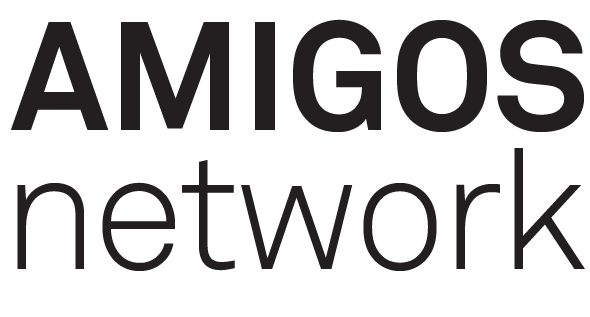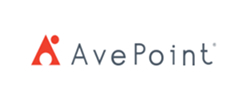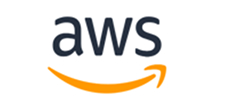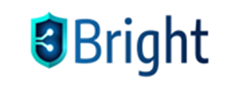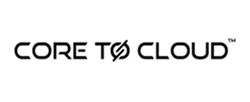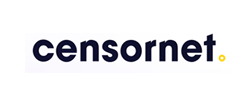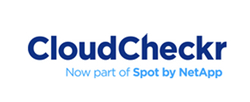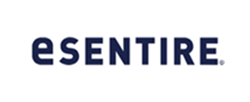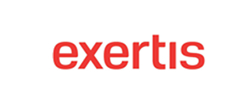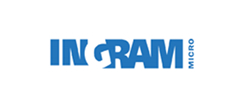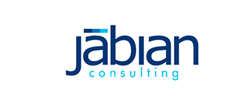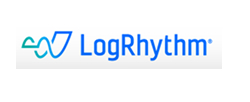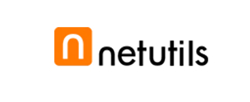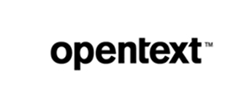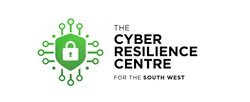Tuesday, August 27, 2024 by Shelley Hirst
It’s a scenario that’s all too familiar: a potential buyer agrees to a virtual meeting or event, you send out the calendar invite, prepare your pitch or presentation, and then… nothing.
They're a no-show. No last-minute cancellation, no apology, just radio silence. So, why do they agree to these meetings only to pull a disappearing act? Here we offer some insights into this common frustration shared by sales teams everywhere.
1. Overcommitment and Calendar Chaos
Many buyers are juggling multiple responsibilities and an overwhelming number of meetings. When they initially agree to your virtual meeting, they might have good intentions. But as their calendar fills up, your meeting—especially if it’s exploratory or non-essential—gets pushed to the bottom of the priority list. It’s not necessarily personal; they simply can’t keep up with the commitments they’ve made.
2. Lack of Immediate Perceived Value
Sometimes, buyers agree to meetings or events because it feels like the “right” thing to do, especially if they’ve shown interest in your content or product. However, if they don’t perceive an immediate, tangible benefit from attending, they may deprioritise it. When faced with more pressing tasks or a crisis, your meeting might not seem worth their time, leading to a no-show.
3. Virtual Meeting Fatigue
Virtual meeting fatigue is real. After months or even years of endless video calls and webinars, many buyers are simply burned out. They may agree to a meeting because it’s easier to say “yes” in the moment, but when the time comes, they just don’t have the energy to attend yet another virtual session, especially if they’ve been on back-to-back calls all day.
4. Fear of Being Sold To
Buyers are often wary of meetings that they suspect will be overtly sales-focused. Even if they initially agree, the thought of sitting through a high-pressure sales pitch can cause them to back out at the last minute. This is especially true if they feel they’re not ready to make a decision or if they’re just in the early stages of exploring their options.
5. Lack of Accountability
In the virtual world, there’s a degree of anonymity and a lack of immediate consequences for not showing up to a meeting. Unlike an in-person event where not showing up would be glaringly obvious, skipping a virtual meeting often feels less significant to the buyer. The absence of face-to-face interaction makes it easier to ghost without feeling guilty.
6. Changing Priorities
Businesses are dynamic, priorities can shift rapidly. What seemed important when they agreed to the meeting might become irrelevant by the time the event rolls around. An urgent project, a critical meeting with a boss, or a sudden change in strategy can easily bump your meeting off their radar.
7. Forgetfulness and Poor Time Management
Sometimes, it’s as simple as the buyer forgetting about the meeting or mismanaging their time. Without a strong reminder system in place, especially in a day filled with other obligations, it’s easy for a non-critical meeting to slip through the cracks. This is particularly common if the meeting was scheduled well in advance.
8. Unclear Expectations
If the purpose or value of the meeting wasn’t clearly communicated, the buyer might lose interest as the date approaches. Without a clear understanding of what they stand to gain, they may decide it’s not worth their time—especially if something more pressing comes up.
9. Technical Difficulties or Access Issues
While less common, technical difficulties can also play a role. If buyers encounter issues accessing the virtual meeting platform or experience technical problems right before the meeting, they might decide it’s easier to just skip it rather than deal with the hassle. And in some cases, they might not feel compelled to reach out to reschedule, especially if the meeting wasn’t a high priority.
10. Cognitive Dissonance
Sometimes, buyers agree to a meeting to alleviate a sense of guilt or obligation, especially if they’ve consumed a lot of your content or had several interactions with your brand. But when the time comes, they experience cognitive dissonance—they’re not fully interested or ready to engage, so they avoid the meeting altogether to avoid the discomfort of saying no directly.
What Can Sellers Do?
Understanding why buyers no-show is the first step in mitigating it. To reduce the chances of this happening, consider these approaches:
- Confirm the value: Understand that first meetings aren’t all about you. Ensure the buyer understands the benefit they’ll gain from attending. Highlight how the meeting or event will address their specific needs or pain points. The sales pitch is for another time.
- Send reminders: Automated reminders, personalised messages, or even a quick call the day before can help keep your meeting top of mind.
- Be flexible: Offer rescheduling options if you sense hesitation, and be willing to accommodate their availability.
- Make it easy: Provide clear instructions and easy access to the virtual meeting platform to avoid technical issues.
- Follow up: If they miss the meeting, follow up with a brief, non-judgmental message offering to reschedule, which keeps the door open for future engagement.
By taking these steps, you can reduce the chances of a no-show and increase the likelihood that buyers see your meeting as a valuable, can’t-miss opportunity.
Never lose contact with a prospect
We've helped many businesses just like yours to unleash the full potential of their sales and marketing strategy.
Through a powerful combination of all the essential elements to engage and track buyers throughout their journey, we deliver actionable insights directly associated to your brand, empowering sales teams with the data needed for more informed and impactful conversations.
Don't let opportunities slip away—start engaging your buyers today - check out how Market Activation, follows a straightforward methodology delivering better informed sales conversations for direct sales teams, channel sales teams, distribution teams and partner recruitment programmes!
If you enjoyed this, why not read the next article in the series “Overcoming Buyer Evasion"
Frequently Asked Questions
Market Activation identifies in-market buyers (via intent data, behavioural signals) and immediately engages them with tailored outreach (nurture tracks, one-to-one advisor sessions, community invites).
Demand Engine: Targeted outreach (email, ads, sponsorships) that scores clicks → qualified leads → sales-ready appointments.
Performance Dashboard: Real-time visibility into open rates, CTOR, CPL and lead progression via our online sales portal.
Content Amplification: Thought leadership shared in The Amigos Network drives deeper engagement and social proof.
Peer Validation: Prospects get candid feedback from peers on your solutions, shortening the evaluation cycle.
Pipeline Catalysis: Warm introductions and referral paths within the community fuel high- intent conversations.
- Top-of-Funnel: Build credibility through community content and events.
- Mid-Funnel: Leverage peer case studies, expert Q&As, and live demos to answer deep technical questions.
- Bottom-of-Funnel: Invite high-intent members to advisory councils or private 1:1 sessions, often the final nudge before purchase.
- Interesting content: We originate, curate, and syndicate different types of content we know our audiences want to engage with and tell them it’s there.
- Sponsored content: We use sponsored content to drive engagement with individual brands.
- Promotion: We promote that content via multiple channels such as email, social media, YouTube, and so on.
- Identification: We ingest company-level engagement signals and combine it with known contacts that may be researching key topics.
- Segmentation: Members are bucketed by level of intent (high, medium, low) plus ICP fit and company size.
- Activation: High-intent members receive prioritised community invitations (events, focus groups, product deep-dives) to accelerate deals.
- Purchased data highlights who’s in-market.
- Community engagement reveals what questions they’re asking, so your nurture can be hyper-relevant.
- Result: A 2–3× lift in meeting acceptance and pipeline velocity vs. cold outreach alone.
- Marketing owns the nurture tracks, community invites, educational content, and event promos.
- Sales intervenes only at “high-intent + active community engagement” thresholds, with account-specific demos and peer introductions.
- Outcome: Fewer wasted calls and a higher win rate on truly qualified opportunities.
- Engagement Metrics: Community log-ins, event attendance, content downloads.
- Intent Conversion: % of intent-scored members who join private roundtables or request demos.
- Pipeline Velocity: Time from first community touch to opportunity creation.
- Revenue Impact: Contribution of community-sourced deals to overall bookings.
- Average Weekly Open Rate: 40%
- Average Weekly Click-to-Open Rate: 70%
- Average Cost-per-Lead: £45
- Minimum ROI: 500%
- Average Dwell Times: 1 minute 45 seconds
